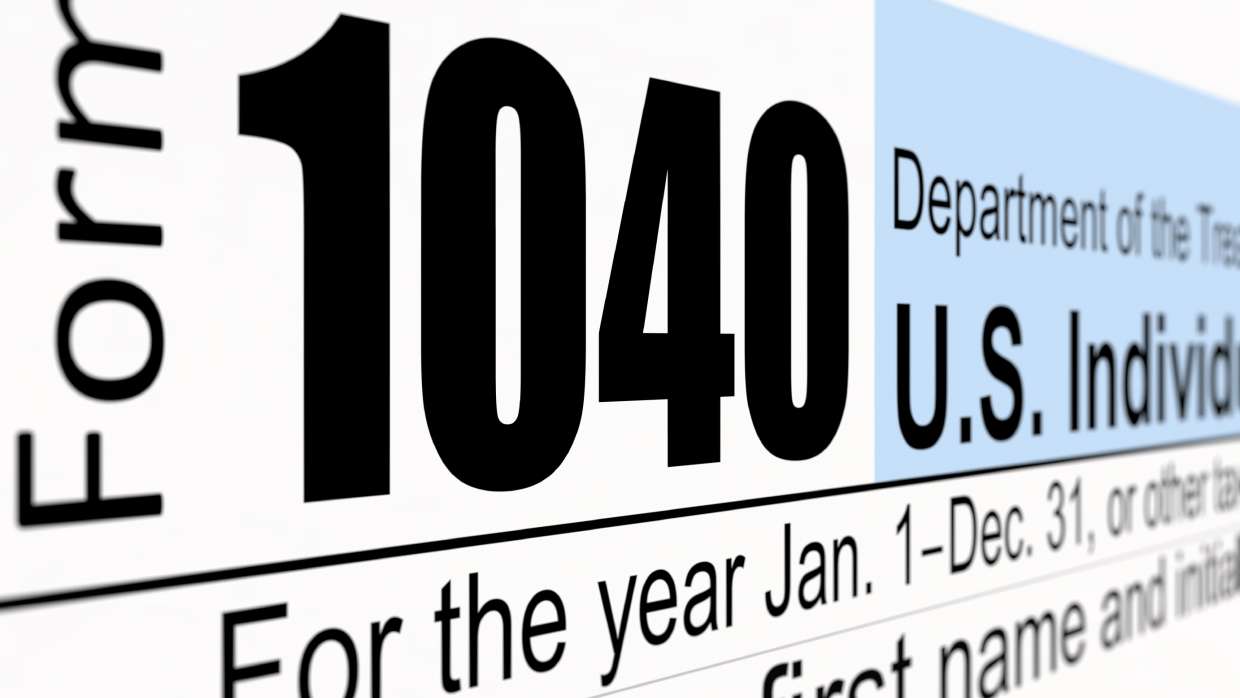Close-up on the new QBI deduction’s wage limit
The Tax Cuts and Jobs Act (TCJA) provides a valuable new tax break to noncorporate owners of pass-through entities: a deduction for a portion of qualified business income (QBI). The deduction generally applies to income from sole proprietorships, partnerships, S corporations and, typically, limited liability companies (LLCs). It can equal as much as 20% of QBI. But once taxable income exceeds $315,000 for married couples filing jointly or $157,500 for other filers, a wage limit begins to phase in.
Full vs. partial phase-in
When the wage limit is fully phased in, at $415,000 for joint filers and $207,500 for other filers, the QBI deduction generally can’t exceed the greater of the owner’s share of:
- 50% of the amount of W-2 wages paid to employees during the tax year, or
- The sum of 25% of W-2 wages plus 2.5% of the cost of qualified business property (QBP).
When the wage limit applies but isn’t yet fully phased in, the amount of the limit is reduced and the final deduction is calculated as follows:
- The difference between taxable income and the applicable threshold is divided by $100,000 for joint filers or $50,000 for other filers.
- The resulting percentage is multiplied by the difference between the gross deduction and the fully wage-limited deduction.
- The result is subtracted from the gross deduction to determine the final deduction.
Some examples
Let’s say Chris and Leslie have taxable income of $600,000. This includes $300,000 of QBI from Chris’s pass-through business, which pays $100,000 in wages and has $200,000 of QBP. The gross deduction would be $60,000 (20% of $300,000), but the wage limit applies in full because the married couple’s taxable income exceeds the $415,000 top of the phase-in range for joint filers. Computing the deduction is fairly straightforward in this situation.
The first option for the wage limit calculation is $50,000 (50% of $100,000). The second option is $30,000 (25% of $100,000 + 2.5% of $200,000). So the wage limit — and the deduction — is $50,000.
What if Chris and Leslie’s taxable income falls within the phase-in range? The calculation is a bit more complicated. Let’s say their taxable income is $400,000. The full wage limit is still $50,000, but only 85% of the full limit applies:
($400,000 taxable income – $315,000 threshold)/$100,000 = 85%
To calculate the amount of their deduction, the couple must first calculate 85% of the difference between the gross deduction of $60,000 and the fully wage-limited deduction of $50,000:
($60,000 – $50,000) × 85% = $8,500
That amount is subtracted from the $60,000 gross deduction for a final deduction of $51,500.
That’s not all
Be aware that another restriction may apply: For income from “specified service businesses,” the QBI deduction is reduced if an owner’s taxable income falls within the applicable income range and eliminated if income exceeds it. Please contact us to learn whether your business is a specified service business or if you have other questions about the QBI deduction.




 More than a billion back, again!
More than a billion back, again!

 It’s not uncommon for businesses to sometimes generate tax losses. But the losses that can be deducted are limited by tax law in some situations. The Tax Cuts and Jobs Act (TCJA) further restricts the amount of losses that sole proprietors, partners, S corporation shareholders and, typically, limited liability company (LLC) members can currently deduct — beginning in 2018. This could negatively impact owners of start-ups and businesses facing adverse conditions.
It’s not uncommon for businesses to sometimes generate tax losses. But the losses that can be deducted are limited by tax law in some situations. The Tax Cuts and Jobs Act (TCJA) further restricts the amount of losses that sole proprietors, partners, S corporation shareholders and, typically, limited liability company (LLC) members can currently deduct — beginning in 2018. This could negatively impact owners of start-ups and businesses facing adverse conditions.